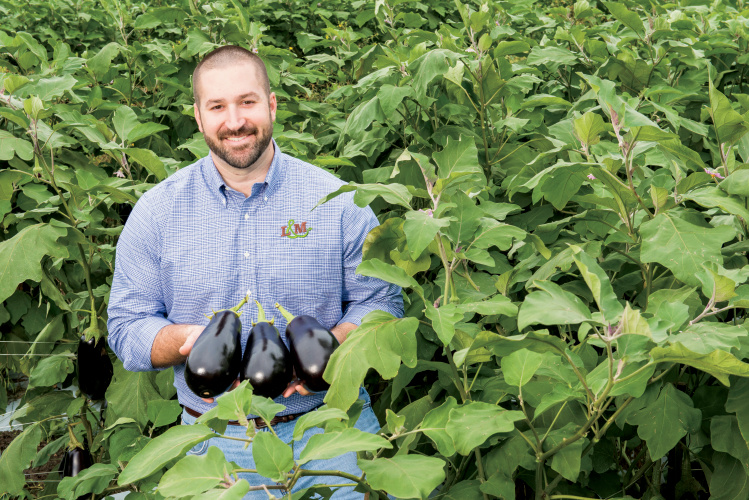By Clint Thompson
Increased input costs are an ongoing battle for Southeast fruit and vegetable crop producers. But what can be done to counter the rapidly rising expenses that growers are paying for freight, containers, fertilizer and labor?

One Georgia producer believes staying up to date on your regular expenses is a first step in possibly increasing commodity prices.
During a recent Georgia Fruit and Vegetable Growers Association webinar, Adam Lytch with L&M Family Farms, said prices are already locked in for some customers while ongoing negotiations are being had with others.
“Some people have been very understanding; others not. But one thing for us as produce farmers, we’re dealing with customers, retailers, that rely on generating really high profits from our segment of their store,” Lytch said.
“Looking at the way our costs are increasing, I’m just worried about getting steamrolled in this whole thing. Can we get the price up high enough to overcome this quickly? I think that’s a legitimate concern that we have, and it starts with knowing your costs. You have to know what they are as best as you can.”
Equipped for Negotiation
If growers are up to date on their regular expenses, they are better equipped to negotiate a potential price increase to combat the rising input costs. And they are increasing exponentially, especially with freight.
“It might make up 20% of our total cost. At different locations, freight rates that used to be $700, $800 are now $1,500 to $1,800. It’s not because their costs have increased, it’s just the market,” Lytch said. “How do we pass that along? Really, it starts with educating our people that are our sales guys and sales ladies who are the contact with the customer. It starts with that conversation.
“If you really know your numbers and where you stand, do you research and feel confident in what you’re presenting, I think we have a really strong case to make.”
Lytch was surprised when planning for this fall’s crop. He heard from vendors when gauging different prices on input expenses.
“We had several of our suppliers who were not willing to give us long-term pricing for the first time in a long time or forever. On the fertilizer side in particular, they were only willing to give out seven or maybe 15-day pricing,” Lytch said.
“Looking at these and how fast our costs were going up, we’re literally talking about from the spring to the fall season and crops where seeds are already ordered and plants are in the greenhouse. Plastic mulch is up huge. Drip tape is up even more. We started seeing some of these 40%, 50% price increases on some of these items. This is not to take labor into consideration at all, because under the H-2A program, we still don’t know what we’re going to have to pay starting this winter.”









